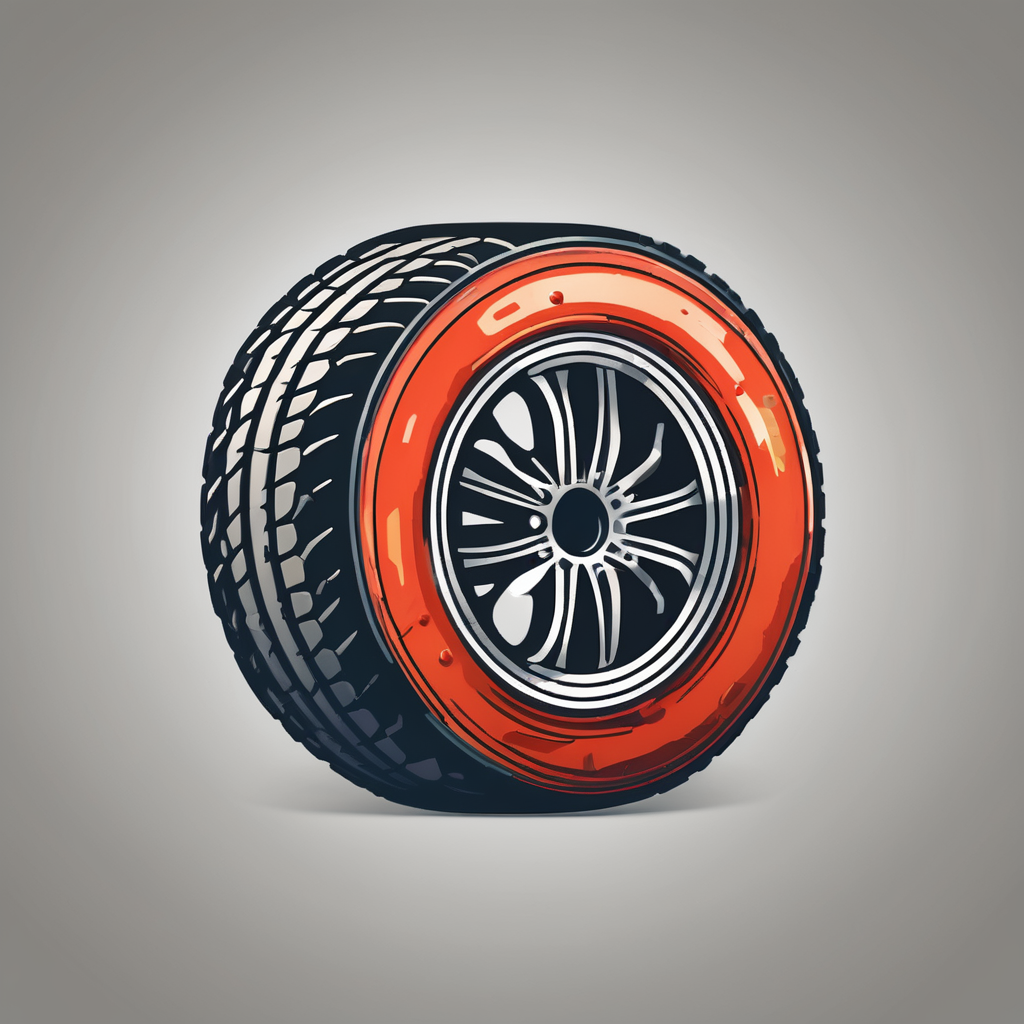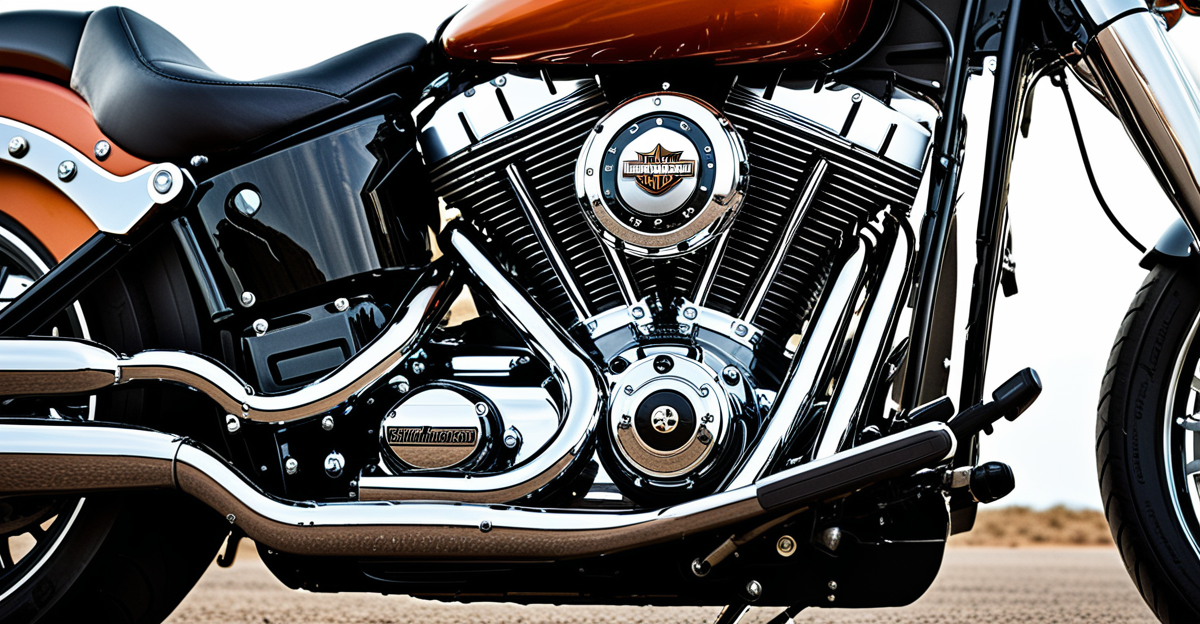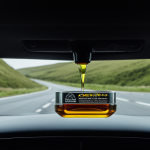Essential Routine Inspections for Your Softail Slim Belt Drive
Regular Harley-Davidson Softail Slim belt drive inspection is crucial for safe and efficient riding. A well-structured maintenance checklist should include mileage benchmarks—commonly, inspections are recommended every 5,000 miles or as advised in your owner’s manual. These intervals help catch wear or misalignment early before they become serious.
When inspecting, focus on signs of belt wear such as cracks, fraying, or unusual stretching. A visual inspection paired with manual checks—like feeling for belt play or uneven tension—provides a thorough evaluation. Misalignment or improper tension can lead to accelerated wear or noisy operation, so it’s important to confirm the belt is centered and taut within manufacturer tolerance.
Additional reading : Transform Your Kawasaki Z1000: The Ultimate DIY Guide to Upgrading Front Brake Discs for Enhanced Stopping Power
Visual clarity is vital: look for embedded debris or damage on the belt edges and teeth. A deteriorated belt can compromise performance or even cause sudden failure. Remember, consistent belt drive care is not just about prolonging belt life but ensuring your Softail Slim runs smoothly and safely on the road. Regular inspections are your first line of defense.
Cleaning Best Practices for Maintaining Belt Drive Efficiency
Maintaining optimal belt drive cleaning is essential for preserving your Harley-Davidson Softail Slim belt drive’s performance and longevity. Cleaning frequency depends largely on riding conditions; frequent cleaning is recommended after rides in dusty, muddy, or wet environments. Regular Harley belt maintenance prevents dirt, grit, and oil buildup, which can accelerate belt wear and reduce efficiency.
Also to discover : The Definitive Handbook for Maintaining Your Ducati 959 Panigale Exhaust: Expert Insights for Optimal Performance
When cleaning, select gentle, non-toxic solutions specifically formulated for motorcycle belts. Harsh chemicals or solvents may degrade the belt’s composite materials. Use soft brushes or microfiber cloths to carefully remove debris without damaging the belt teeth or edges. Thorough rinsing with clean water ensures no residue remains that could attract more dirt or cause slippage.
Avoid applying lubricants or waxes unless explicitly recommended, as these can cause product buildup and compromise belt grip. Instead, focus on cleanliness and dryness. Proper belt system hygiene not only boosts performance but also prevents premature wear and maintains the belt’s integrity. Following these simple yet effective procedures will keep your Softail Slim’s belt drive running smoothly and reliably over time.
Cleaning Best Practices for Maintaining Belt Drive Efficiency
Maintaining the belt drive cleaning routine is essential to keep your Softail Slim performing optimally. Dirt, debris, and road grime can accumulate on the belt system, impairing smooth operation and accelerating wear. Experts recommend cleaning the belt drive at regular intervals—typically every 3,000 to 5,000 miles—or immediately after riding on muddy or dusty terrain.
Safe Harley belt maintenance involves using gentle, non-corrosive cleaners and soft brushes designed specifically for belt systems. Avoid harsh chemicals or petroleum-based solvents, as these can degrade the belt material and compromise its integrity. Instead, select mild soaps or specialized belt cleaners that effectively remove residues without harming belt fibers.
Thorough cleaning helps prevent product buildup that can interfere with belt teeth engagement or cause slippage. It also protects against premature wear by removing abrasive particles embedded in the belt’s surface. When cleaning, gently brush along the belt’s length and edges, taking care not to force excessive tension or twist the belt.
Consistent belt system hygiene not only extends belt life but sustains efficient power transfer, quieter rides, and safer handling under various road conditions. Regular cleaning should be integrated into your overall belt drive care plan for best results.
Proper Tension Adjustment for Peak Performance
Correct belt drive tensioning is fundamental to your Softail Slim’s smooth operation and longevity. To start, refer to the Softail Slim belt adjustment specifications in your owner’s manual, which detail the ideal slack range—usually between 1/2 to 3/4 inch. Too tight a belt causes premature wear and strain on bearings, while too loose leads to slippage or belt noise.
For adjustment, position the motorcycle on a level surface and use a reliable tool to measure belt deflection at the midpoint between the sprockets. Adjust tension by loosening the axle nuts and moving the wheel forward or backward incrementally. Ensure each adjustment maintains the belt centered on the pulleys—a crucial step for proper Harley belt alignment.
Recheck tension after tightening axle nuts fully, because torque can shift the wheel’s position. A consistently tensioned belt improves power transfer, reduces belt drive care issues like noise or premature wear, and enhances ride safety. Regularly reviewing and adjusting tension according to riding habits and conditions preserves optimal performance and extends your belt’s service life.
Proper Tension Adjustment for Peak Performance
Achieving optimal belt drive tensioning is key to your Softail Slim’s smooth operation and longevity. The manufacturer specifies exact tension parameters—usually measured by the deflection of the belt under a certain force. To check, place a ruler at the midpoint of the belt span and apply moderate thumb pressure; deflection typically should fall within a precise range, such as ½ inch to ¾ inch, but always consult your owner’s manual for Softail Slim belt adjustment specifics.
Correctly adjusting belt tension involves loosening axle nuts, repositioning the rear wheel via tension adjustment bolts, and ensuring consistent tension without overstressing the belt. Over-tightening causes excessive wear and can damage internal belt fibers, while slack belts risk slipping and erratic power transfer. Proper alignment is equally crucial—improper Harley belt alignment causes uneven tooth engagement and premature belt deterioration.
Step-by-step, first verify belt tension at the midpoint, then adjust tension bolts gradually while rechecking deflection. Use a straight edge or alignment tool to confirm wheel alignment parallelism. Finalize by securing axle nuts to manufacturer torque specs. Consistent, precise belt drive tensioning and alignment assure safer rides, quieter operation, and reduced maintenance needs.
Essential Routine Inspections for Your Softail Slim Belt Drive
A consistent Harley-Davidson Softail Slim belt drive inspection routine forms the backbone of effective belt drive care. Generally, inspections should occur every 5,000 miles or as specified in your maintenance checklist. This frequency helps detect early signs of wear such as cracks, frays, or uneven stretching that compromise performance and safety.
Visual scrutiny alone is insufficient. Combine it with manual checks by pressing gently on the belt to assess tension and feel for slack or irregularity. Misalignment is another critical factor; a belt running off-center increases tooth wear and noise, signaling the need for adjustment. Inspect the belt edges and teeth thoroughly for embedded debris or damage, which can accelerate deterioration.
Incorporating these steps into your routine helps maintain the belt’s optimal condition. Early detection allows timely interventions, preventing costly repairs or dangerous failures. Regular, attentive inspections ensure your Softail Slim’s belt drive system operates with the reliability and smoothness you expect from Harley-Davidson craftsmanship.
Essential Routine Inspections for Your Softail Slim Belt Drive
Routine Harley-Davidson Softail Slim belt drive inspection is vital to detect wear and prevent failures. A structured maintenance checklist typically stipulates inspections every 5,000 miles or per the owner’s manual, capturing emerging issues early. Key signs to watch for are cracks, fraying, and uneven belt surfaces—these indicate compromised belt integrity risking unsafe operation.
Visual inspection is complemented by manual checks. Running fingers along the belt assesses tension uniformity and detects slack or stiff segments. Ensuring the belt remains centered guards against premature wear from misalignment. Checking edges for embedded debris or damage helps avoid accelerated deterioration.
Precise belt drive care requires attention to these details; ignoring minor issues can lead to costly repairs or dangerous breakdowns. Consistent inspections support smooth power transfer and quiet operation, directly impacting rider safety and motorcycle longevity. Using this vigilance as part of your maintenance toolkit ensures your Softail Slim’s belt drive remains reliable and durable under various road conditions.
Essential Routine Inspections for Your Softail Slim Belt Drive
A comprehensive Harley-Davidson Softail Slim belt drive inspection is vital for detecting early wear and ensuring longevity. Follow a strict maintenance checklist with routine checks every 5,000 miles or per the owner’s manual. This schedule catches developing issues before they escalate.
During inspection, identify common belt drive care concerns such as cracks, fraying, or unusual stretching. These signs indicate the belt is losing integrity and requires attention. Visual checks focus on the belt surface, edges, and teeth, looking for embedded debris or damage that accelerates wear.
Manual evaluation is equally important. Gently pressing the belt gauges tension irregularities or slack that might not be immediately visible. Also, inspect the belt’s alignment on pulleys; misalignment increases noise and uneven tooth wear, reducing performance.
Combining visual and tactile inspections ensures a thorough assessment of the belt’s condition. This dual approach enables riders to maintain peak performance and safety, extending the service life of the Softail Slim belt drive through proactive maintenance and timely adjustments.
Essential Routine Inspections for Your Softail Slim Belt Drive
Maintaining a consistent Harley-Davidson Softail Slim belt drive inspection schedule is fundamental to effective belt drive care. Follow your maintenance checklist closely, typically inspecting every 5,000 miles or according to the owner’s manual. These routine inspections help catch early wear signs like cracks, fraying, and uneven belt surfaces that threaten safety and performance.
Visual inspections should be systematic, examining the entire belt length for damage or embedded debris. Equally important are manual checks—run your fingers along the belt to detect slack, irregular tension, or stiff spots that could indicate underlying issues. Regularly ensure the belt is centered on the pulleys; misalignment leads to accelerated tooth wear and noisy operation.
Combining visual and tactile assessments reduces overlooked wear and extends belt life. Consistent routine inspections alert you to subtle changes that precede major repair needs. This vigilance supports smooth power transfer, quieter riding, and the reliability expected from Harley-Davidson craftsmanship. Adhering to your maintenance checklist and performing detailed belt drive care inspections keeps your Softail Slim’s belt drive system operating safely and efficiently.
Essential Routine Inspections for Your Softail Slim Belt Drive
Regular Harley-Davidson Softail Slim belt drive inspection is essential to prevent unexpected failures. Following a detailed maintenance checklist with inspections every 5,000 miles or per your owner’s manual helps catch problems early. Key indicators of wear include cracks, fraying, and abnormal stretching in the belt material. Neglecting these signs can lead to performance loss or sudden breakdowns.
Visual inspection alone misses subtle issues; manual checks complement the process by assessing belt tension and identifying slack or stiff spots. Press the belt gently to feel for irregular tension, which signals the need for adjustment. Equally important is confirming that the belt remains centered on its pulleys, as misalignment causes uneven wear and noise, reducing belt life.
Pay close attention to the belt edges and teeth for embedded debris or damage. Foreign objects lodged in these areas accelerate belt degradation. Combining vigilant visual and tactile checks as part of your belt drive care routine ensures comprehensive evaluation. Consistent inspection safeguards your Softail Slim’s performance and extends the durability of this critical component.









